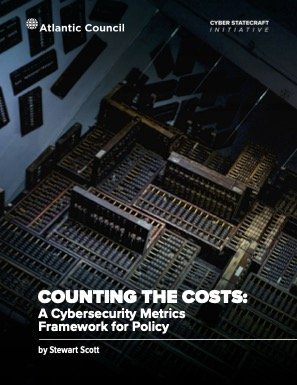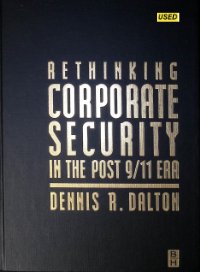By Stewart Scott
US cybersecurity policy has a critical blind spot: the absence of reliable outcome metrics that can inform policymakers about whether the digital ecosystem is becoming more secure and which interventions are driving progress most effectively. Despite years of strategies, regulations, and best-practices campaigns, the field of cybersecurity metrics has room to grow, and policymakers still lack answers to fundamental questions. How much harm are cybersecurity incidents causing? Are things getting better or worse? Which policies deliver the greatest return on investment for reducing realized harm and the risk of future harm? This report identifies two core problems holding back progress: first, the unknown state of the system, meaning policymakers cannot empirically describe how secure or insecure the digital landscape currently is; and second, unmeasured policy efficacy, which prevents policymakers from comparing which interventions are most effective at improving security and reducing harm. The result is a policymaking environment heavily reliant on intuition, anecdote, incomplete data, and proxy measures—all unsustainable for a domain with such systemic and escalating risks and so much security investment. To address these challenges, the report proposes a reframing of cybersecurity metrics along two dimensions: 1. Treating cybersecurity as a complex system—acknowledging that incident outcomes result from dynamic, probabilistic interactions between policies, technologies, adversaries, and users. 2. Focusing on harm as the key outcome metric—shifting emphasis from internal system attributes (e.g., the number of vulnerabilities discovered) to the real-world impacts of cyber incidents, such as financial losses, operational disruptions, and physical damage. The report then explores the current limitations of available metrics, illustrating how wide-ranging estimates of incident costs and inconsistent data collection methods hamstring policymakers. It outlines the difficulty of measuring and interpreting harm data at scale due to factors such as silent failures, complex indirect costs, and underreporting, but it argues that such challenges are not insurmountable and that a desire for perfect metrics cannot impede progress toward better ones. Finally, the paper offers two actionable recommendations for near-term progress: 1. Strengthen existing reporting requirements (e.g., CIRCIA, SEC disclosures) to include consistent, updated measures of incident impact. 2. Centralize responsibility under a single federal entity to aggregate, analyze, interpret, and publish cybersecurity harm data across sectors. While perfection in cybersecurity metrics may be impossible, measuring harms is the most direct way to track progress and guide investment and the most critical metric to bolster policymakers’ toolkit. Without such measurement, the United States risks continuing to navigate a complex, evolving system with an incomplete map
Washington, DC: Atlantic Council, 2025. 25p.





















